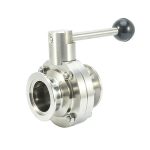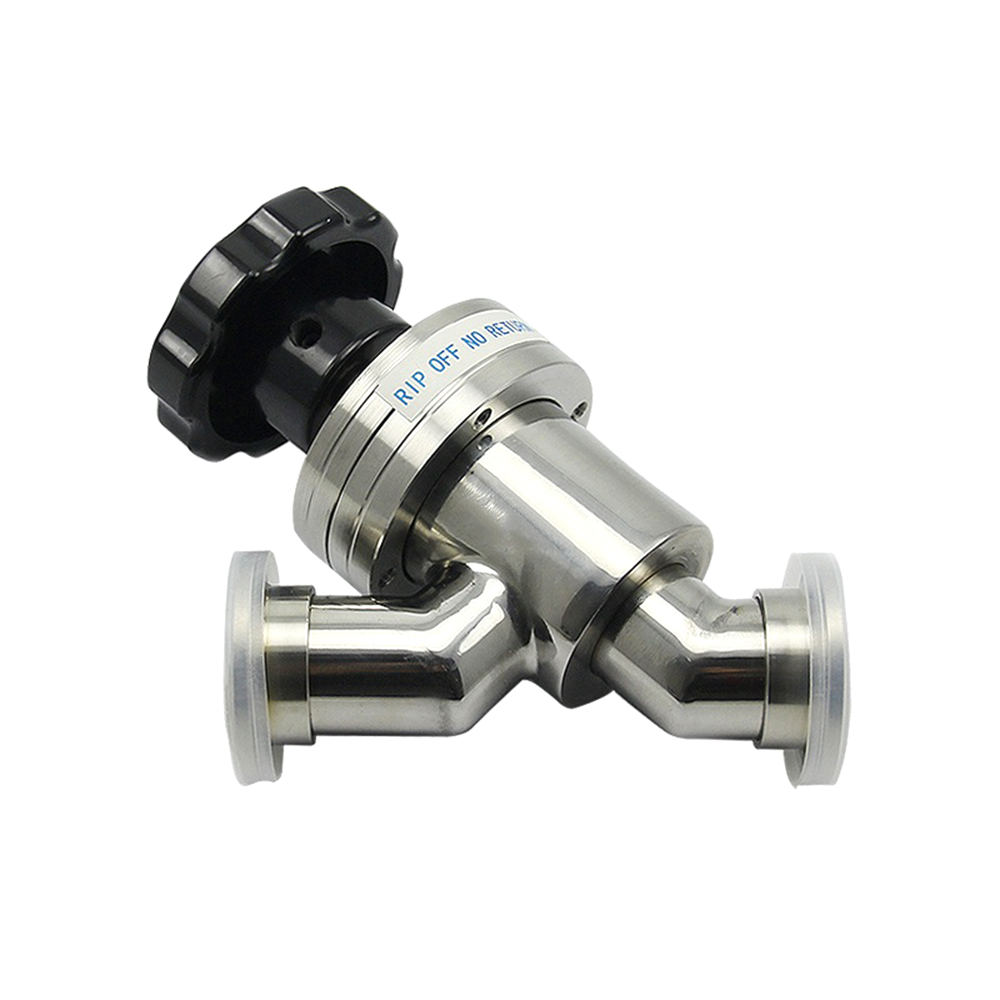
Some Main Technical Performance of Vacuum Valve
Strength performance
The strength performance of the valve refers to the ability of the valve to withstand the pressure of the medium. The valve is a mechanical product that bears internal pressure, so it must have sufficient strength and rigidity to ensure long-term use without cracking or deformation.
Sealing performance
The sealing performance of the vacuum valves refers to the ability of each sealing part of the valve to prevent the leakage of the medium. It is the most important technical performance index of the valve. There are three sealing parts of the valve: the connection between the opening and closing parts and the two sealing surfaces of the valve seat
Contact point: the matching place between the packing and the valve stem and stuffing box; the connection point between the valve body and the bonnet. One of the previous leakage is called internal leakage, which is commonly referred to as lax closure, which will affect the ability of the valve to cut off the medium. For shut-off valves, internal leakage is not allowed. The latter two leaks are called external leakage, that is, the medium leaks from the inside of the valve to the outside of the valve. Leakage will cause material loss, pollute the environment, and cause accidents in severe cases
. For flammable, explosive, toxic or radioactive media, leakage is not allowed, so the valve must have reliable sealing performance.
Flowing medium
After the medium flows through the valve, pressure loss (the pressure difference between the front and rear of the valve) will occur, that is, the valve has a certain resistance to the flow of the medium, and the medium consumes a certain amount of energy to overcome the resistance of the valve. From the perspective of energy conservation, when designing and manufacturing valves, the resistance of the valve to the flowing medium should be reduced as much as possible.
Hoisting force and hoisting moment
Opening and closing force and opening and closing torque refer to the force or moment that must be applied to open or close the valve. When closing the valve, it is necessary to form a certain seal specific pressure between the opening and closing parts and the two sealing surfaces of the seat, and at the same time overcome the gap between the valve stem and the packing, the thread between the valve stem and the nut, the support at the end of the valve stem and the friction force of other friction parts, therefore, a certain closing force and closing torque must be applied. The valve is in the process of opening and closing, the required opening-closing force and opening-closing torque are variable, and the maximum value is at the final moment of closing or the initial moment of opening. When designing and manufacturing valves, efforts should be made to reduce their closing force and closing torque.
Opening and closing speed
The opening and closing speed is expressed by the time required for the valve to complete an opening or closing action. Generally, there are no strict requirements on the opening and closing speed of the valve, but some working conditions have special requirements for the opening and closing speed, if any open or close quickly to prevent accidents, and some require slow closing to prevent water hammer. This should be considered when selecting the valve type.
Action sensitivity and reliability
This refers to the sensitivity of the valve to respond to changes in media parameters. For valves with specific functions such as throttle valves, pressure reducing valves, and regulating valves, as well as valves with specific functions such as safety valves and traps, their functional sensitivity and reliability are very important technical performance indicators.
Life
It indicates the durability of the valve, is an important performance index of the valve, and has great economic significance. It is usually expressed in terms of the number of opening and closing times that can guarantee the sealing requirement, and it can also be expressed in terms of use time.







